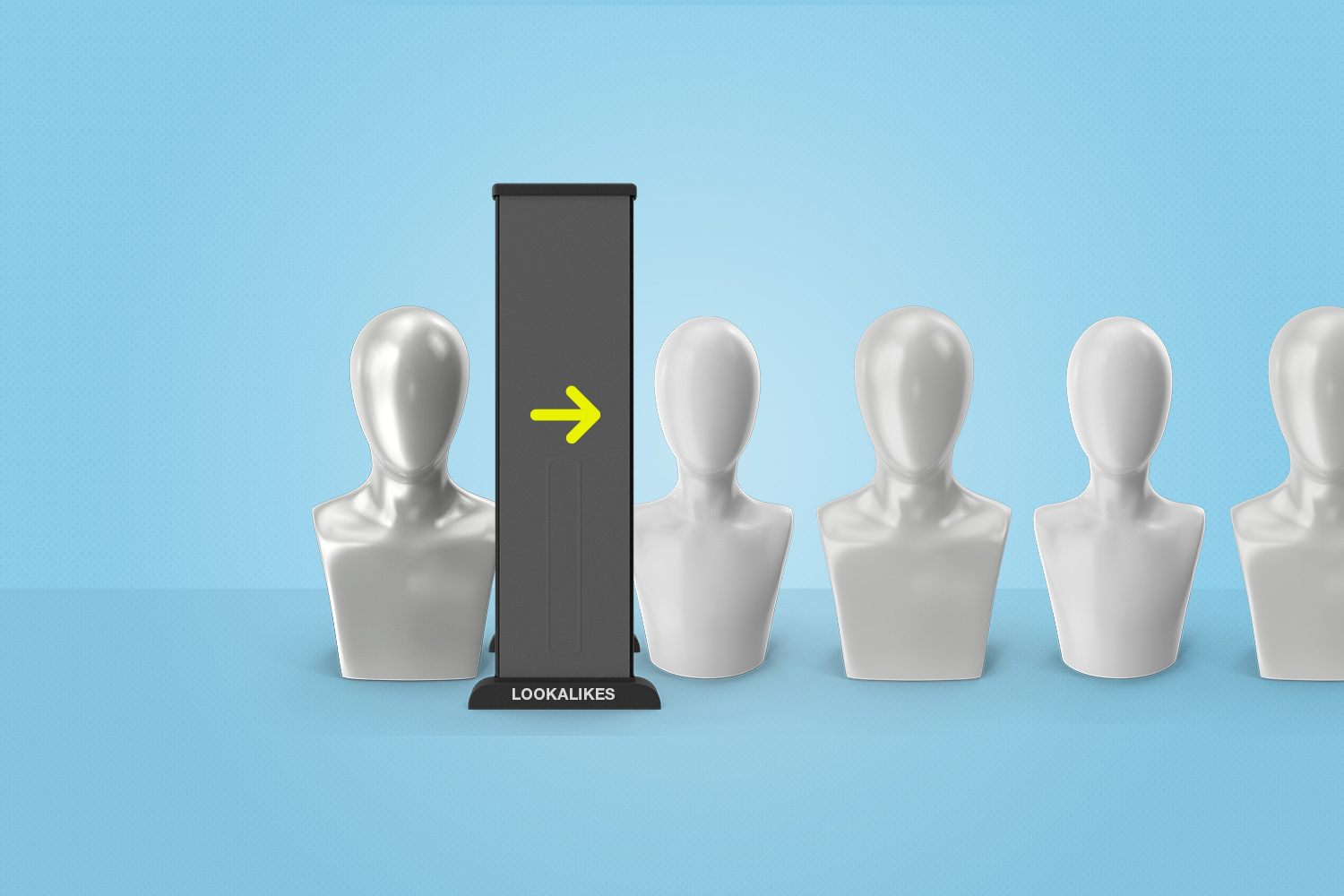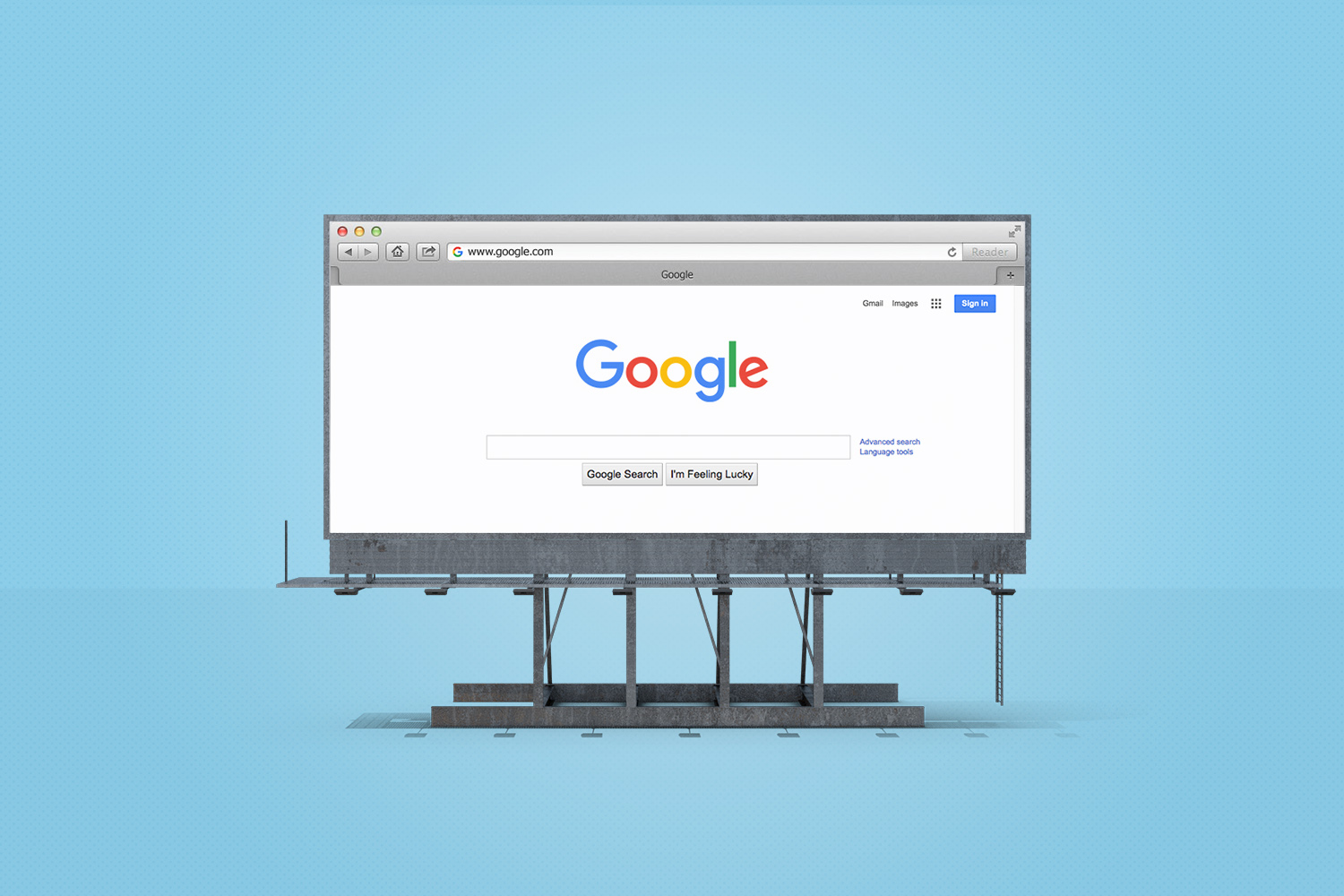After all the talk clears and the dust settles on Apple and Google’s third-party data changes, what will become of digital marketing? Unlike some have led us to believe, this won’t be the end of digital marketing. It won’t even be the end of digital marketing as we know it. It does, however, mark the beginning of new and innovative ways to find customers who are ready to listen to, and act on, the messages we share.
Here are a few points to show how the shift in digital marketing will affect some initiatives, and make room for new ideas.
Thinking deeper about first-party data
Using first-party data is by no means a new tactic, but without the amount of third-party data we all once had access to, this first-party data should be looked at in new and more clever ways.
This may be as simple or complicated as optimizing your website to glean more information from site visitors. Do you have tracking in place to know who’s interested in your products, enabling you to better message and respond to them on other digital platforms?
These visitors are already part-way down the sales funnel, and may only need a small bump to take them all the way. While it may seem like work up front to optimize your website for a more robust tracking system, the payoff for finding stronger-interested parties can be worth it.
Creating smarter lookalike audiences
The science of data is here to stay, and the implications for what it can do are immeasurable. Algorithms are being created every day to pull in data sets and produce predictive responses to numerous questions around the world—and advertising is no different.
Like most algorithms, the more data points that can be factored in, the better the outcome. Or in advertising terms: the better the lookalike audiences that are created. In addition to strong lookalike audiences, it’s important to find the right platform for those audiences to be targeted.
For example, a lookalike audience for a healthcare company marketing to insurance providers may be useful on LinkedIn, but not as useful on Reddit. Whereas a specialty sneaker company might easily find a strong audience on Reddit, but not on LinkedIn.
Allowing ideas that might fail
Before you completely fight this idea, hear it out. In no way are we proponents of bad ideas just for the sake of trying anything. But we are proponents in making calculated risks that might just win big—and allowing trials before jumping full in.
One of the greatest things about so many forms of digital marketing is that they are easy to try, track and improve. There are countless times where simple things like A/B testing can prove helpful to finding the strongest social media ad, the better ROI for SEM, or the landing page design that produces the most leads.
With third-party, first-party or lookalike audiences, it can sometimes be the unexpected message that resonates best. Or the outside-the-box offer that adds brand loyalty from current customers—further strengthening the first-party data already accessible to a company for marketing.



